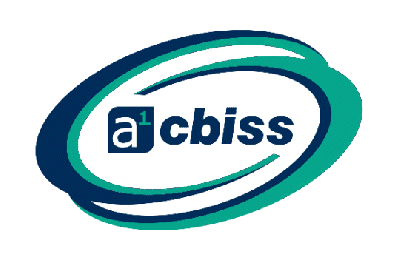Food & Beverage
Many processes in the food and beverage sector use and produce dangerous gases –carbon dioxide, oxygen, ammonia, chlorine, refrigeration gases and peracetic acid.
Introduction
Our experts have designed gas detection systems for Coca-Cola, Lucozade Ribena Suntory, Marks & Spencers, Molson Coors, Dr Oetker, Arla Dairy, Quorn Foods to name a few.
Sterilisation & Disinfection
Peracetic acid (PAA), hydrogen peroxide and chlorine are an essential part of delivering safe food and drink products to the consumer. These gases are very harmful irritants which cause eye, throat soreness and the potential of long-lasting respiratory damage.
Gas detection systems that operate 24/7 may be required to activate ventilation systems.
Fermentation
In breweries, CO2 is recovered from fermentation and used for carbonation to produce the ‘head’ on beer.
During the fermentation process, CO2 is a by-product as yeast consumes sugars and expels large amounts.
Fixed gas detection sensors are positioned around the fermentation area to monitor for Oxygen and CO2
Limit Level Monitoring of Beer Foam
The ProGap provides reliable limit level monitoring from outside and through the pipe.
The level monitor detects backed up beer foam in the production process to prevent damage in the production line.
Refrigeration
Refrigeration systems for the storage of foodstuffs commonly use CO2, ammonia or Freons. Whilst these refrigerant gases are efficient to charge refrigerated systems, they can sometimes leak in large volumes.
A refrigerant leak detection system limits the loss of refrigerant gas which is not only expensive to replace but is harmful when people come into contact with it.
Mass Flow Measurement
In the milk production process, it’s not uncommon for blockages to occur between the rotary feeder and the pneumatic line to the dryer.
The SolidFlow offers the best solution for it’s accuracy and simplicity of install. It measures the mass flow rates up to 20 t/h at the vertical points to provide an early detection of potential blockages.
A controlled material flow reduces potential product loss.
Controlled Salt Dosing
The addition of salt in food production is blown into the process from a silo via a sieve and rotary valve. The salt flow is determined by a recipe setting. Too much salt ruins the product and too little salt impacts the flavouring.
By installing a SolidFlow in-line sensor, a trend of the salt flow is linked to the process control system to give an instantaneous reading of the salt flow.
Process parameters can be set within the control system to alarm if the salt flow is either above or below tolerance. Any deviation outside of a given tolerance enables the operator to react to changes within the process quicker, to maintain product quality.
Packing
CO2 is often part of a gas mixture, with nitrogen for example. It is used to flush food in sealed packaging to remove oxygen. This process prolongs food shelf life and keeps it looking fresher for longer.
Distilleries
Distilleries are often required to monitor for the presence of flammable vapours using flammable sensors, typically Ethanol, which is the primary constituent of alcoholic drinks.
In the UK, distilleries will need to install a continuous fixed gas detection system. These fixed sensors are placed close to the ground as this vapour acts very similar to water and will pool at the same places. Alarms for these sensors would normally be set to 10% LEL with a second alarm at 20% LEL.
Confined Spaces
Dust is extremely flammable. Most materials that burn can create dust explosions – including the likes of flour and grain. The risk is serious in confined spaces, and therefore, preventative measures must be in place.
Prevention of Explosive Dust
Sugar dust is considered a combustible dust with a high risk of explosion. Therefore, reliable and continuous measurement of the dust at mg/m3 content is needed to shut down the system before a hazardous concentration is reached.
Once the ProGap is installed on the clean side of the blower filters, it provides measurement values for dust concentration, either as a trend signal or as absolute values for emission measurement.
AirSafe 2 is used as an early warning detection system. It controls your environment and prevents dust levels from getting to explosive concentrations.
Case Study – Milk Producer Acts on Peracetic Acid Leak Worry
a1-cbiss installed a safety system to take care of the threat of Peracetic Acid at one of the UK’s largest milk producers.
Talk with the Experts
Contact us - Our team of application specialists can assist you with system design, installation, maintenance, and repair. As a systems integrator, we provide end-to-end support to ensure your facility has a reliable and effective gas detection system in place.
Sign up for more information - For more information on protecting your staff from the dangers of gas leaks, sign up for our emails.

